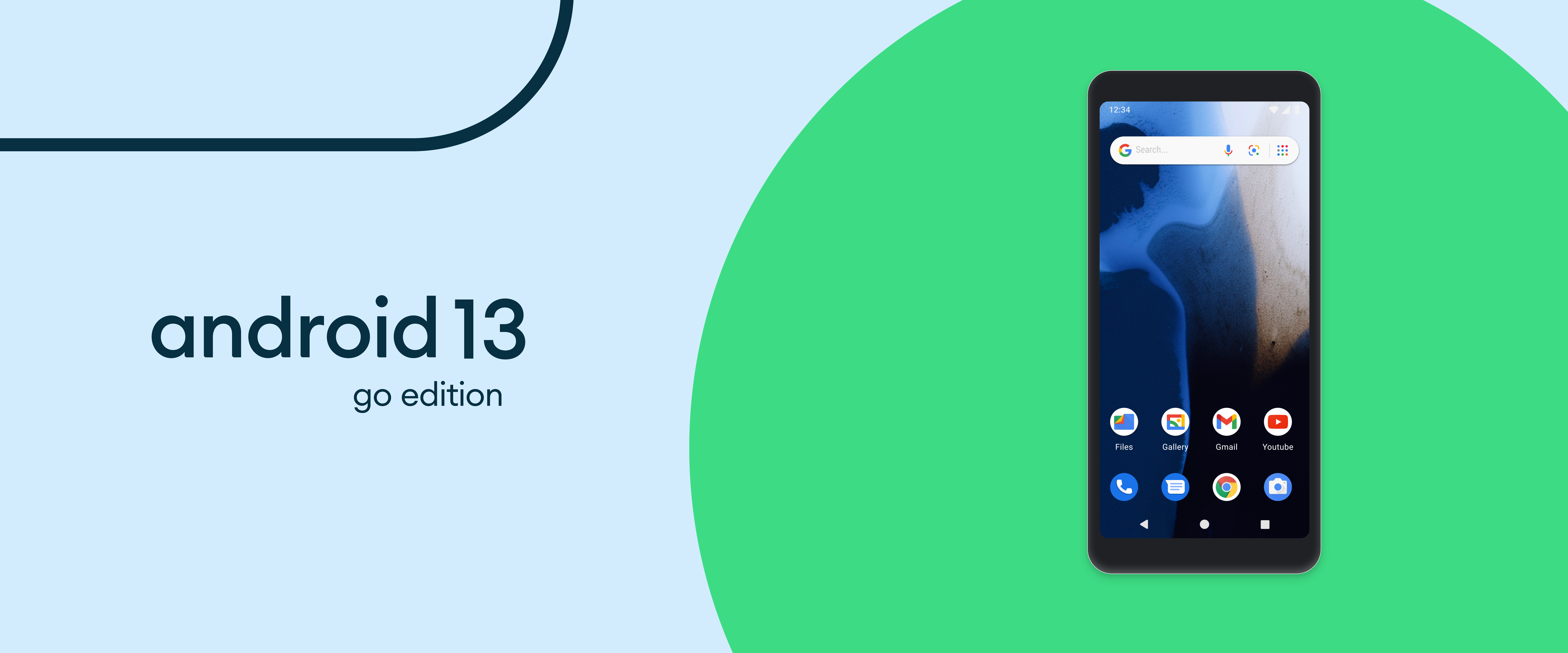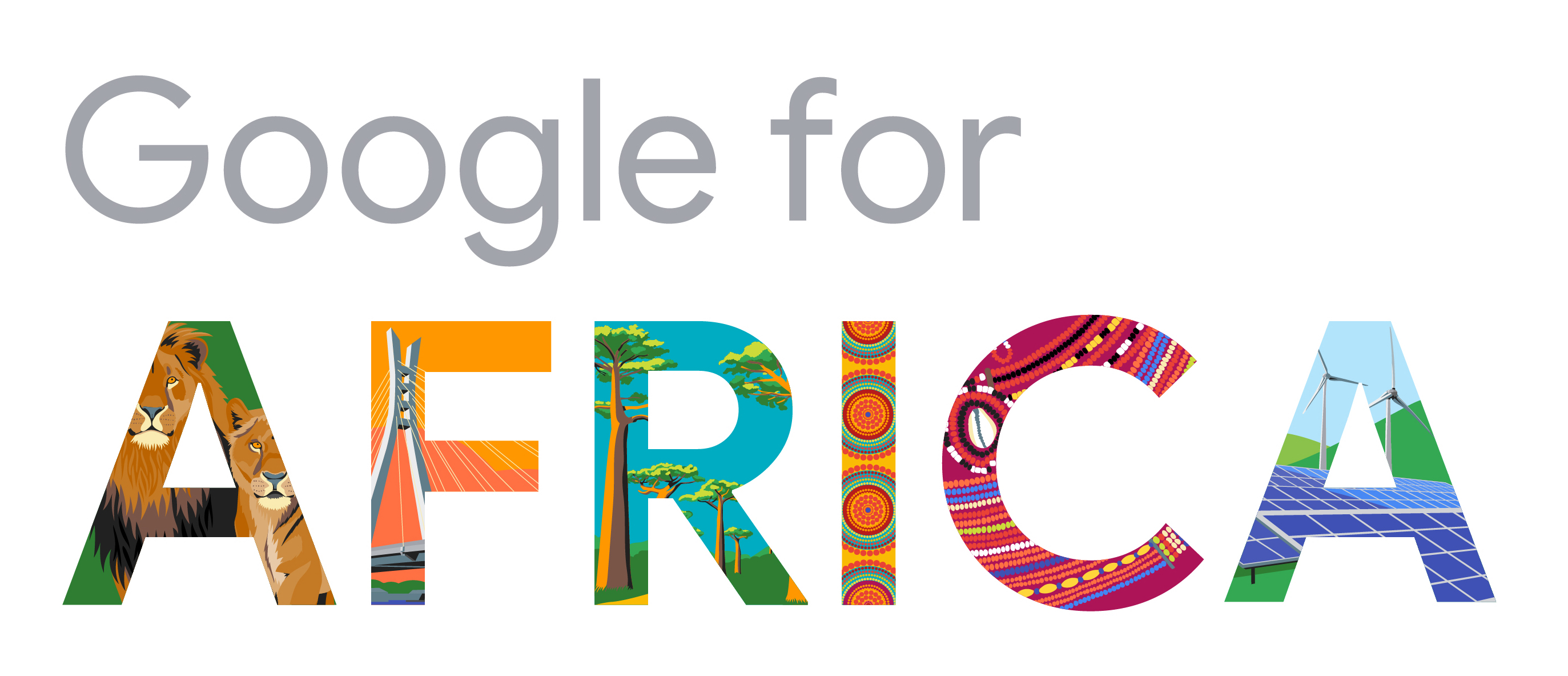Moving toward a gender equitable internet
Lavinia, a student from Brazil, doesn’t put a photo of her face on social apps out of fear that it will be copied and circulated in men’s private groups. In fact, 68 percent of women in our research across seven countries (compared to 49 percent of men) don’t use a profile picture that shows their face. Online threats—like cyberstalking, malicious editing and the fear of strangers sharing personal content without consent—can result in destroyed reputations and even physical harm. Because of these safety threats, women limit their participation online.
The internet isn’t gender equitable. Estimates show there are fewer women online than men in two-thirds of countries worldwide. Stories like Lavinia’s begin to tell us why. To understand why these inequities exist and how to address them, we conducted interviews and surveys with nearly 4,000 participants in Bangladesh, Brazil, India, Indonesia, Mexico, Nigeria and Pakistan over the course of a year. We spoke to people across the gender spectrum, including cis women, trans women and men. We wanted to represent diverse voices and experiences in our research. To protect participant identity, we use pseudonyms in this blog post.
In a new report published today, Towards Gender Equity Online, we’ve identified four areas that need to be addressed to move us toward a more representative internet: access, content and community, privacy, and safety.
Women often share devices with their families, heightening the need for privacy on devices. (Note: survey participants aren’t reflected in these photos.)

Each of these areas reveals deeper insights. Women can’t get online when, where and how they want even if they do own a personal device. Many don’t have enough free time; others don’t have permission. If women are able to access the internet, many aren’t discovering relevant content and online communities, and many don’t feel comfortable creating content or participating either. Women don’t often feel fully in control of their online identities, and they regularly experience privacy and safety issues.
Online services tend to be designed with “one device, one user” in mind, but this principle doesn’t hold true for all women. Many women that we spoke to share their devices with family members. For example, when Shaina, a woman in her late thirties from Kanpur, India, watches a video that she thinks is a “little bit not nice,” she searches for five or six more to change her recommended video list. Since she shares a phone with her family, she doesn’t want the next person who uses the phone to guess what she was watching. Women like Shaina also delete their searches or use special applications to hide files. But these workarounds aren’t perfect, and as a result many women avoid using apps or seeking out content because they don’t feel in control of their privacy.

We identified steps that technology creators can take to help create a more gender equitable internet:
Gather metrics, like 28-day active users, and break them down by gender to identify and address any gender gaps
Conduct interviews with people across the gender spectrum to understand their user experiences
Analyze existing data, like surveys, and look for gender-related themes and correlations
Based on this research, many Google products are already adapting. Neighbourly is an app in India that allows people to tap into local, community-based knowledge to ask and answer questions. The Neighbourly team built additional privacy features into the app experience, like preventing profile photos from being enlarged or copied through screenshot, not allowing one-on-one direct messaging and only sharing the account owner’s first name.
Our commitment is to continue to look for ways to help ensure that our products represent everyone—men, women and gender non-binary people equally. As a billion more people come online, we see a great opportunity to be fair and equitable to all gender experiences.






